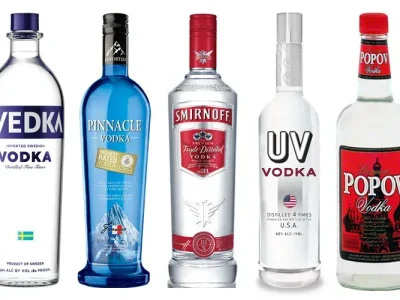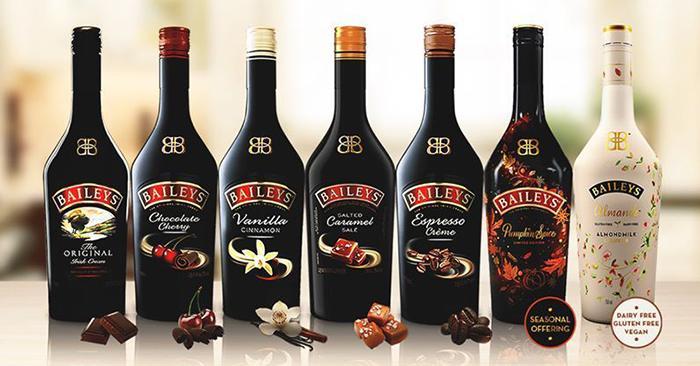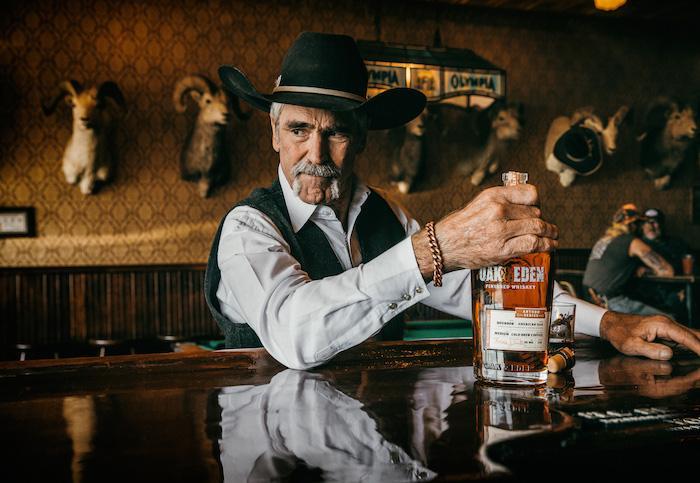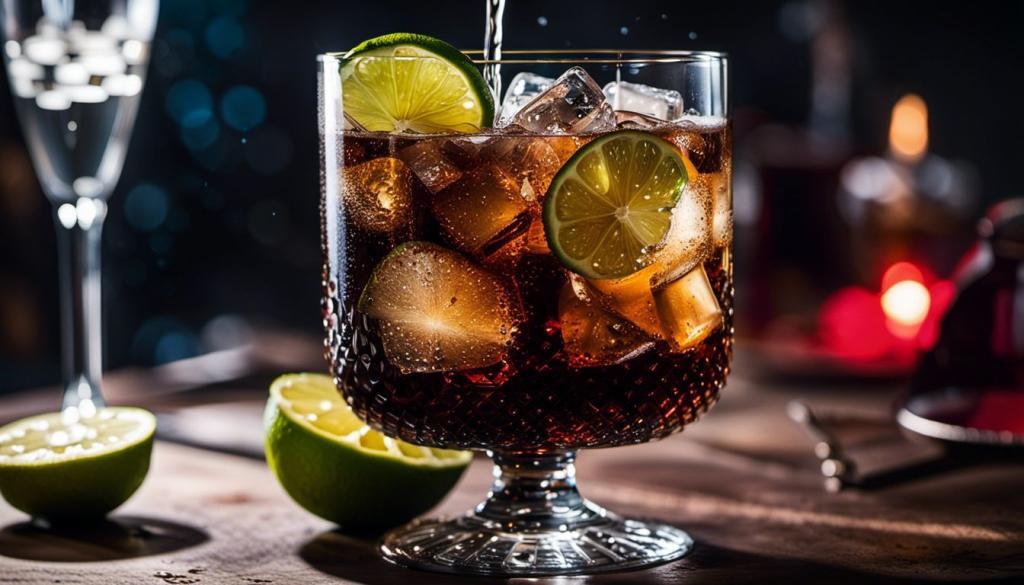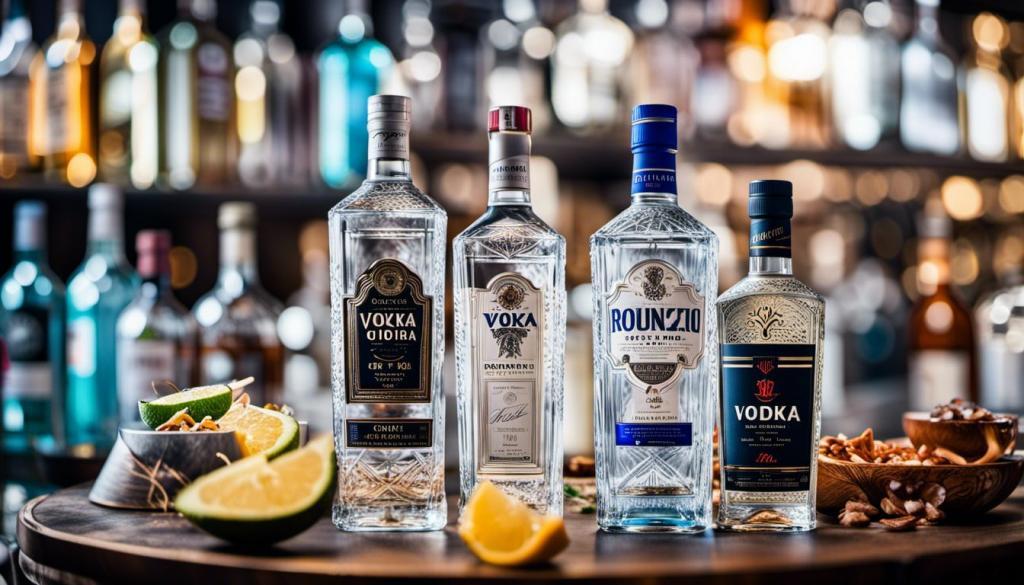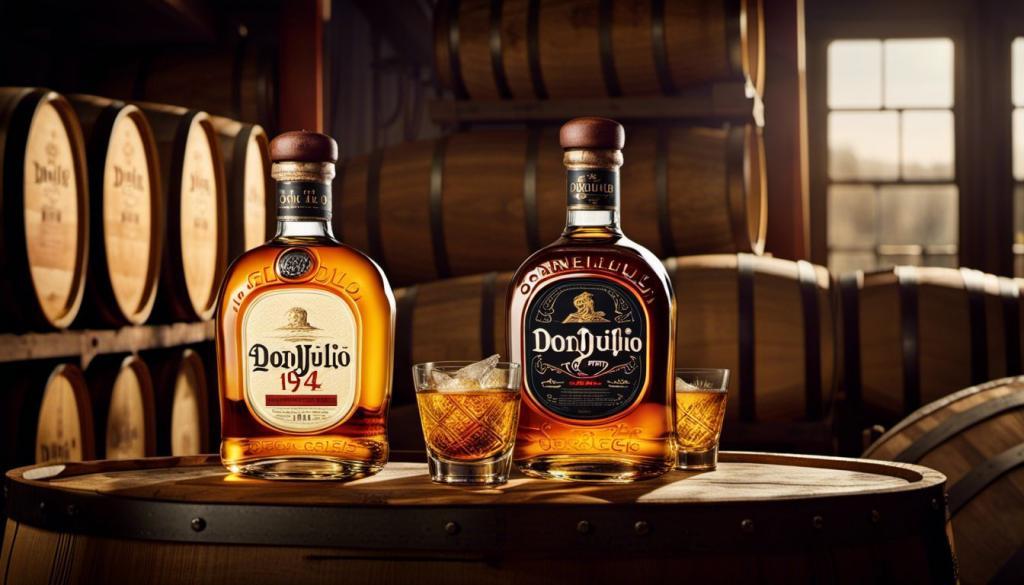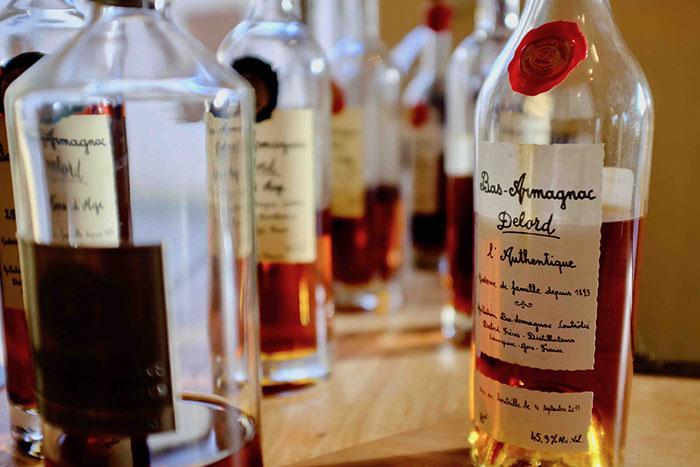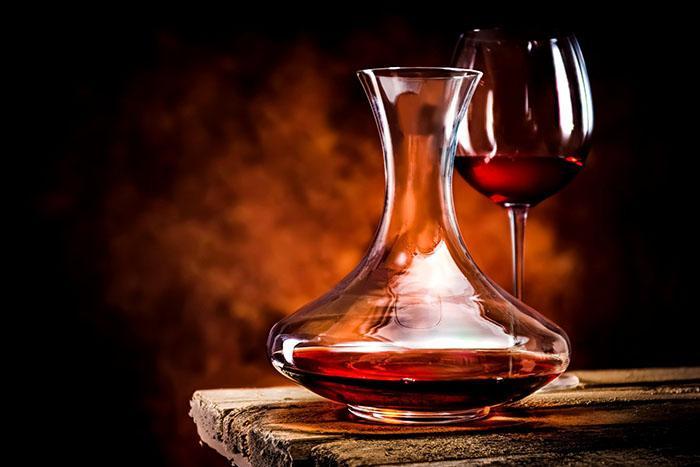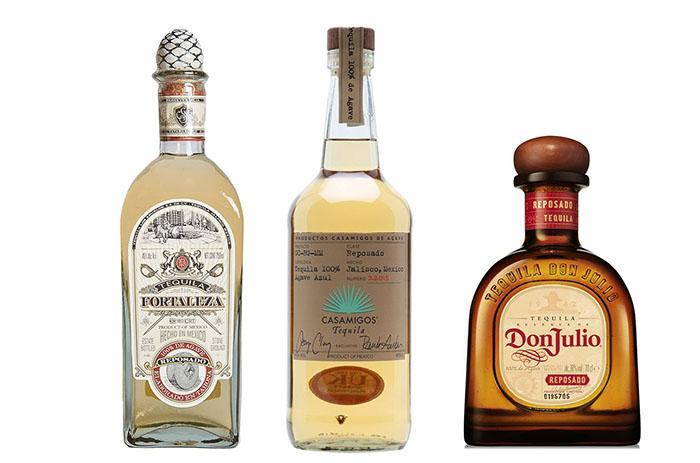Are you curious about the difference between moonshine and whiskey?
One interesting fact is that moonshine can actually be considered a type of whiskey; however, they are distinct in many ways.
You Are Watching: Moonshine Vs Whiskey Updated 11/2025
This blog post will guide you through their unique characteristics from the production process to taste profiles, revealing why these two spirits offer such different experiences.
Stay tuned if you’re ready for an enlightening dive into the spirited world of Moonshine Vs Whiskey!
What is Moonshine?
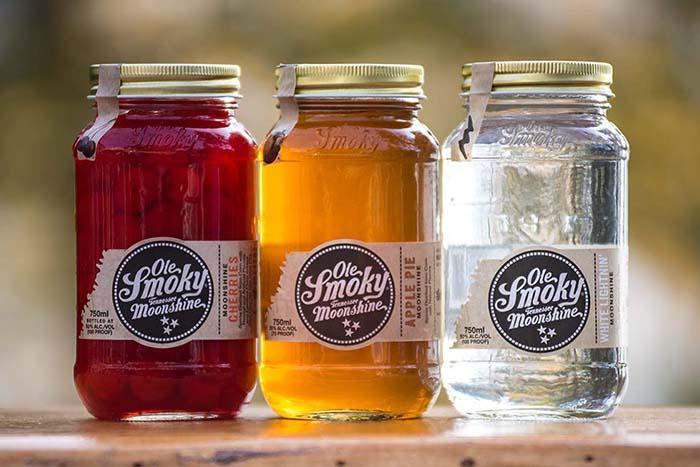
Definition and origins
Moonshine, with its murky and mystifying origins, has solidified itself as a staple in American folklore.
Its roots trace back to European settlers who brought distillation methods across the Atlantic, morphing it into a unique bootlegging tradition during the Prohibition era.
The term ‘moonshine’ was coined from its clandestine nature – being produced under the cover of moonlight by rebels and outlaws on homemade stills.
Whiskey, on the other hand, boasts an equally intriguing past that spans centuries and continents.
It is believed to have been first distilled around 1000 A.D by Irish monks before spreading throughout Scotland and beyond.
This amber-hued liquor shows diverse regional variants such as Scotch in Scotland or Bourbon in America due to differences in grains used for fermentation – barley for Scotch whiskey while corn predominates in creating Bourbon.
Both spirits share parallelisms not just with their grain-based production but also their place within culture – one representing rebellion against restrictive laws whereas another stands synonymous with classy sophistication.
Production process and ingredients
Moonshine and whiskey are both produced through a similar process known as distillation.
Distillation involves heating a fermented grain mash to separate the alcohol from the other components. Here is a breakdown of the production process and ingredients for both moonshine and whiskey:
- Fermentation: Both moonshine and whiskey production start with fermentation, where yeast is added to a mixture of grains, water, and sometimes sugar. The yeast consumes the sugars in the mixture and produces alcohol as a byproduct.
- Distillation: After fermentation, the liquid is distilled to separate the alcohol from impurities. In this process, the liquid is heated until it reaches its boiling point, causing the alcohol vapor to rise while leaving behind other substances.
- Alcohol Content: Moonshine and whiskey can both have high alcohol content due to distillation. The alcohol content is typically measured in proof, which represents twice the percentage of alcohol by volume (ABV). For example, 80-proof whiskey contains 40% ABV.
- Aging Process: This is where moonshine and whiskey diverge. Moonshine is generally unaged and consumed right after distillation. On the other hand, whiskey goes through an aging process where it matures in wooden barrels for a specific period of time.
- Types of Wood: Whiskey aging depends on the type of wood used for barrels, such as oak or charred oak barrels. The wood imparts flavors and characteristics that enhance the taste of whiskey during aging.
- Flavor Profile: Moonshine often has a clean taste with subtle corn or grain flavors due to its lack of aging process. Whiskey, on the other hand, can vary widely in flavor depending on factors like ingredients used (such as corn or rye), aging duration, blending techniques, and regional preferences.
- Legalities: While making moonshine at home may be illegal in many places due to safety concerns and taxation issues, whiskey production is highly regulated and subject to specific legal requirements.
- Cultural Significance: Moonshine has historical significance, particularly in the Prohibition era, when homemade illegal alcohol was prevalent. Whiskey, on the other hand, has a rich heritage and cultural importance in various regions, such as bourbon in the United States and Scotch whisky in Scotland.
Legality and historical context
Moonshine and whiskey have an interesting history when it comes to legality. Moonshine, with its roots in the Prohibition era, was often produced illegally due to strict regulations on alcohol production.
The term “moonshine” itself refers to homemade or illicitly distilled spirits that were typically made at night (“under the moon”).
The production and distribution of moonshine were driven by its high demand during the Prohibition era when legal alcoholic beverages were banned.
On the other hand, whiskey has a long-standing legal status and is produced commercially by licensed distilleries following specific guidelines and regulations.
During Prohibition, making moonshine became a way for people to produce their own alcohol since they couldn’t legally purchase it.
However, this led to several dangers as unregulated production methods could result in contaminated products.
Today, while commercialized versions of moonshine can be found legally on store shelves, illegal production still persists in some areas despite ongoing efforts to crack down on unauthorized operations.
It’s important to note that consuming illegal moonshine poses health risks due to uncontrolled ingredients and lack of quality control measures employed during its production process.
In contrast, whiskey undergoes rigorous quality checks throughout its manufacturing process – from fermentation and distillation to aging – ensuring a safe product for consumers.
What is Whiskey?
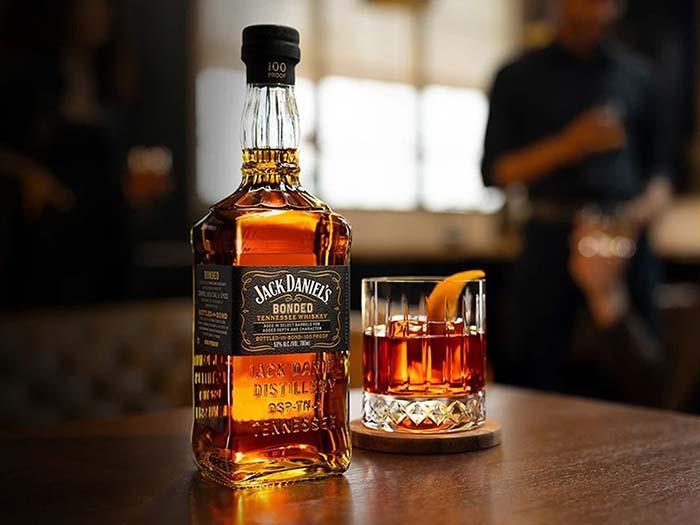
Read More : Mexican Liquor Alcohol Updated 11/2025
Whiskey is a distilled alcoholic beverage that comes in various types, including bourbon, scotch, and rye.
Definition and types
Moonshine and whiskey are both types of alcoholic beverages that are distilled from fermented grain mash.
Moonshine is generally considered a type of unaged whiskey, with a clear appearance and high alcohol content.
It is often made illegally, using homemade stills and traditional distillation methods. On the other hand, whiskey is a legally produced spirit that goes through an aging process in wooden barrels.
There are different types of whiskies, including bourbon, scotch, and rye, each offering its own unique flavors and characteristics.
Whether you prefer the raw intensity of moonshine or the complex flavors of aged whiskey, both options can provide an enjoyable experience for those who appreciate quality spirits.
Different types of whiskies (e.g., bourbon, scotch, rye)
There are several different types of whiskies available, each with its own distinct characteristics and flavors.
Let’s take a closer look at some of the most popular varieties:
- Bourbon: Perhaps the most well-known type of whiskey, bourbon is made primarily from corn. It has a rich, sweet flavor profile with hints of caramel and vanilla. Bourbon must be aged in new charred oak barrels for at least two years to be considered genuine bourbon.
- Scotch: Scotch whisky is made in Scotland and is known for its smoky and peaty flavors. It is typically made from malted barley and aged for a minimum of three years in oak casks. Scotch can be further categorized into different types such as single malt (made from malted barley in one distillery) and blended (a combination of different whiskies).
- Rye: Rye whiskey is made primarily from rye grain and has a spicier flavor compared to other types of whiskey. It can have a range of flavors, from fruity and floral to bold and peppery. Rye whiskey must contain at least 51% rye grain in the mash bill.
- Irish Whiskey: This type of whiskey hails from Ireland and is known for its smoothness and lightness. It can be made from a mix of malted and unmalted barley or other grains, such as corn or wheat. Irish whiskey must be aged in wooden casks for at least three years.
- Tennessee Whiskey: Similar to bourbon, Tennessee whiskey is also primarily made from corn but undergoes an additional charcoal filtering process known as the Lincoln County Process before aging in oak barrels. This process gives it a distinctive smoothness.
- Canadian Whisky: Canadian whisky tends to be lighter and smoother compared to other types of whisky, often featuring flavors like caramel, vanilla, or fruitiness due to the use of different grains such as corn, rye, barley, or wheat. It is typically aged in oak barrels.
Key Differences Between Moonshine and Whiskey
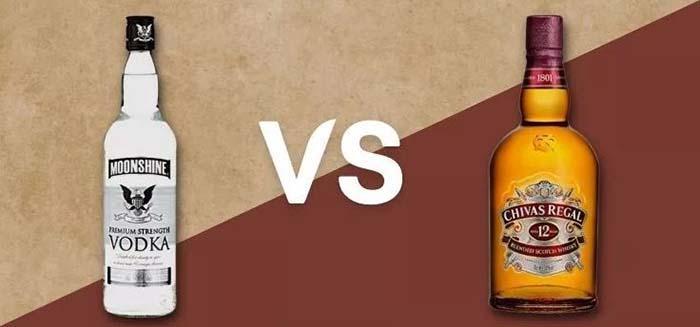
Moonshine and whiskey differ in their aging process, flavor profile, legality, and cultural significance. Discover the intriguing contrasts between these two spirits that will leave you thirsty for more!
Aging and maturation
Both moonshine and whiskey undergo a process of aging and maturation, but there are some key differences between the two.
While whiskey is typically aged in wooden barrels for a specified period to develop its flavors and smoothness, moonshine is usually consumed straight from the still without any aging process.
This difference in aging gives both spirits distinct characteristics. Whiskey can have a rich, complex flavor profile with hints of caramel, vanilla, or smokiness due to the interaction between the alcohol and wood over time.
On the other hand, moonshine retains a raw and intense taste since it has not been mellowed by barrel aging.
So whether you prefer the boldness of unaged moonshine or the refined flavors brought out through whiskey’s maturation process, there’s something for every palate when it comes to these spirited beverages.
Flavor profile and ingredients
Moonshine and whiskey have distinct flavor profiles that set them apart. Moonshine, being an unaged spirit, typically has a raw and intense taste with hints of sweetness from the corn base or other ingredients like rye or sugar.
It can be quite potent due to its high alcohol content. On the other hand, whiskey offers a wide range of flavors depending on the type and aging process.
Bourbon, for instance, is known for its rich caramel and vanilla notes, while scotch often boasts smoky and peaty flavors.
The ingredients used in whiskey production also contribute to its unique taste profile.
For moonshine enthusiasts, the lack of aging allows them to fully experience the base ingredients’ qualities without any modification from wooden barrels.
This results in a straightforward yet powerful flavor that truly captures the essence of the grain mash used during distillation.
Whiskey lovers appreciate how different grains such as corn, rye, barley or wheat bring their own characteristics to the final product through fermentation and distillation processes.
Legality and regulations
Both moonshine and whiskey have different legal statuses. Moonshine, being traditionally associated with homemade or illicit alcohol production, is often produced illegally.
In the United States, making moonshine without a license is illegal due to safety concerns and regulatory oversight.
Read More : What Is Scotch Made From Updated 11/2025
However, there has been a resurgence in craft distilling that has brought about licensed and regulated small-scale moonshine production.
Whiskey, on the other hand, can be legally produced and sold as long as it meets specific regulations set by governing bodies such as age requirements and labeling standards.
Each country may also have its own regulations regarding whiskey production.
Cultural significance
Moonshine and whiskey both hold significant cultural importance, especially in American history. Moonshine has deep roots in the Prohibition Era when homemade alcohol became a symbol of rebellion against the restrictive laws.
It was often produced secretly in hidden stills and distributed among close-knit communities, creating a sense of camaraderie and defiance.
Whiskey, on the other hand, has long been associated with tradition and heritage.
Whether it’s bourbon from Kentucky or Scotch from Scotland, each type of whiskey carries its own distinct cultural identity.
Whiskey distilleries often become tourist destinations where visitors can learn about the rich history behind their favorite spirits.
Tasting and Enjoying Moonshine and Whiskey
When tasting and enjoying moonshine and whiskey, it’s important to appreciate the flavors by taking small sips, allowing the spirit to coat your palate fully.
Experiment with popular cocktails like Old Fashioned or Manhattan for whiskey, or mix up a Moonshine Margarita or Apple Pie Moonshine cocktail for a unique twist.
Tailor your drink preferences based on personal taste and explore the diverse range of flavors each spirit has to offer.
Tips for tasting and appreciating the flavors
- Start by pouring a small amount of moonshine or whiskey into a clean glass.
- Take a moment to observe the color and clarity of the spirit. Moonshine is typically clear, while whiskies can range from pale gold to deep amber.
- Give the glass a gentle swirl to release the aromas. Take note of any scents that come through, such as vanilla, caramel, or smoky notes.
- Take small sips and let the liquid coat your palate. Pay attention to the different flavors that emerge, like sweet corn in moonshine or rich oak in aged whiskey.
- Notice the mouthfeel and texture of the spirit. Is it smooth and velvety, or does it have a bit of a bite? This can vary depending on the proof and aging process.
- Consider pairing your moonshine or whiskey with complementary flavors, such as dark chocolate or sharp cheeses, to enhance the tasting experience.
- Experiment with different temperatures. Some people prefer their spirits neat at room temperature, while others enjoy them over ice or mixed into cocktails.
- Keep an open mind and trust your own palate when it comes to personal preferences for flavors and styles of moonshine and whiskey.
Popular cocktails and recipes for each spirit
Moonshine and whiskey are both versatile spirits that can be enjoyed on their own or mixed into delicious cocktails.
Here are some popular cocktails and recipes for each spirit:
Moonshine Cocktails:
- Moonshine Margarita: Mix 2 ounces of moonshine, 1 ounce of fresh lime juice, 1 ounce of orange liqueur, and a splash of simple syrup. Shake well with ice and serve in a salt-rimmed glass.
- Apple Pie Moonshine: In a large jar, combine 4 cups of moonshine, 2 cups of apple cider, 1 cup of brown sugar, and cinnamon sticks. Let it sit for a week to infuse the flavors before serving over ice.
- Peach Moonshine Lemonade: Combine 2 ounces of moonshine, 4 ounces of peach nectar, and the juice of half a lemon. Shake with ice and strain into a glass filled with crushed ice. Top with club soda and garnish with a lemon slice.
Whiskey Cocktails:
- Old Fashioned: In an old-fashioned glass, muddle a sugar cube with a few dashes of bitters. Add ice and 2 ounces of whiskey (bourbon or rye). Stir gently and garnish with an orange peel twist.
- Whiskey Sour: In a shaker, combine 2 ounces of whiskey, 3/4 ounce of fresh lemon juice, and 1/2 ounce of simple syrup. Shake vigorously with ice and strain into a rocks glass filled with ice. Garnish with a cherry.
- Manhattan: Stir together 2 ounces of whiskey (rye or bourbon), 1 ounce of sweet vermouth, and a dash of bitters in a mixing glass with ice. Strain into a chilled martini glass and garnish with a cherry.
Personal preferences and recommendations
When it comes to personal preferences and recommendations for enjoying moonshine and whiskey, it all boils down to individual taste preferences.
Some individuals may prefer the smooth and refined flavors of aged whiskeys, such as bourbon or scotch, while others may enjoy the raw and unfiltered nature of homemade moonshine.
It’s important to note that both spirits can pack a punch in terms of alcohol content, so sipping them slowly and responsibly is crucial.
For those interested in exploring different flavor profiles, experimenting with cocktails like Old Fashioned or Whiskey Sour using whiskey can be a delightful experience.
On the other hand, mixing moonshine into classic drinks like Moscow Mule or Lemonade can add a unique twist.
Ultimately, whether you lean towards the rich heritage of whiskey or the rebellious history of moonshine, there are countless ways to savor these spirited delights.
Conclusion
In conclusion, the comparison between moonshine and whiskey reveals fascinating insights into the world of distilled spirits.
From their origins and production processes to their flavors and cultural significance, there are distinct differences that make each spirit unique.
Whether you prefer the illicit allure of moonshine or the refined elegance of whiskey, both offer a delightful experience for alcohol enthusiasts.
So kick back, pour yourself a glass, and savor the craftsmanship behind these beloved spirits.
Sources: https://chesbrewco.com
Category: Wine


